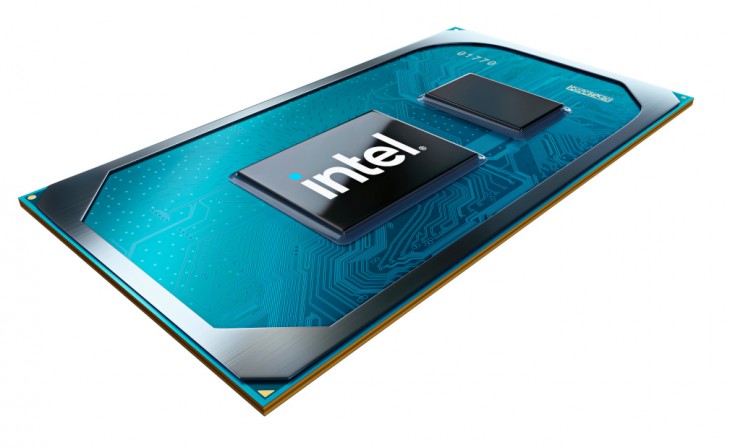Intel's Latest Mobile Processors: The Core Ultra Series
Core Ultra H Series: Power in a Portable Package
The Core Ultra H series, designed for ultra-portable notebooks, includes four SKUs. This lineup features two Ultra 7 16-core chips and two 14-core Ultra 5 chips. They operate at a base TDP of 28 W, with a maximum turbo TDP reaching up to 115 W. This series demonstrates Intel's commitment to balancing power and portability in notebook design.
Also check Nvidia's Possible Budget GPU Plans: A Cheaper RTX 3050 and Rumors of an RTX 4050
Core Ultra U Series: Efficiency Meets Performance
The Core Ultra U series, on the other hand, focuses on lower-powered, ultra-thin notebooks. It includes four 15/57 W (base/turbo) SKUs, with a combination of Core Ultra 7 and Core Ultra 5 processors. These are equipped with 10 CPU cores (two Performance cores and eight Efficiency cores), along with Intel's latest integrated Arc Xe graphics frequencies, optimizing performance for portable devices.
Meteor Lake: A New Era of AI and Power Efficiency
The introduction of the Meteor Lake SoC architecture is a milestone for Intel. It represents the company's first venture into power-efficient, AI-focused chips using Intel 4 for the mobile market. These chips, including both the Core Ultra H and U series, feature two new Low Power Island (LP-E) cores and two Neural Compute Engines within the Intel AI NPU, designed specifically for generative AI inferencing.
Meteor Lake Architecture: A Disaggregated Approach
Meteor Lake SoC architecture, revealed by Intel at their annual Innovation event, marks a significant shift from traditional monolithic processor designs to a chiplet-based approach. This architecture comprises four interconnected tiles - compute, graphics, SoC, and I/O. Each tile hosts new advancements like Redwood Cove Performance (P) cores and Crestmont Efficiency (E) cores, along with the LP-E core for low-intensity workloads.
Advantages of Meteor Lake's Modular Design
Meteor Lake's modular design facilitates scalable power management, allowing each tile to operate independently for optimal performance and energy efficiency. This design also enables Intel to use different silicon processes for each tile, offering flexibility and cost savings in manufacturing. Meteor Lake's use of Foveros packaging and low-power interconnects represents a departure from the Multi-Chip Packaging used in previous generations.
Core Ultra Series: Underlying Architecture and Performance
The Core Ultra series, part of the first Meteor Lake iteration, uses two new CPU architectures within its heterogeneous design. The compute tile, built using the Intel 4 node, promises improved performance and energy efficiency. The Performance cores, known as Redwood Cove, offer per-watt performance efficiency and enhanced feedback through Intel Thread Director. The efficiency cores, using Crestmont architecture, bring IPC gains and AI acceleration optimizations.
Arc Graphics Architecture: Enhancing the Visual Experience
A key component in the Meteor Lake design is an upgrade to Intel's Arc graphics architecture. The GPU tile features 16 Vector Engines with a 256-bit bus width and 192 KB of shared L1 cache per core. This architecture supports a variety of codecs, including AV1, HEVC, AVC, and VP9, with capabilities for up to 8K60 HDR decoding.
Soft Launch: Limited Availability and Reviews
Despite the official launch of the Core Ultra series and Meteor Lake platform, there is a notable lack of hardware reviews and limited availability of the hardware. Intel has not provided laptops for press review, making it challenging to validate performance claims or provide detailed assessments of the new hardware.
Conclusion: Intel's Step Forward with Core Ultra Series
Intel's release of the Core Ultra H and U series processors marks a significant step forward in mobile computing. The combination of power efficiency, AI capabilities, and a modular design approach positions Intel's new offerings as a major player in the ultra-thin notebook market. While the soft launch has limited immediate feedback, the potential impact of these processors on the future of mobile computing is substantial.




